Ductless, Mini-Split Heat Pumps
Ductless, mini-split-system heat pumps (mini splits) make good retrofit add-ons to houses with “non-ducted” heating systems, such as hydronic (hot water heat), radiant panels, and space heaters (wood, kerosene, propane). They can also be a good choice for room additions, where extending or installing distribution ductwork is not feasible.
Like standard air-source heat pumps, mini splits have two main components: an outdoor compressor/condenser, and an indoor air-handling unit. A conduit, which houses the power cable, refrigerant tubing, suction tubing, and a condensate drain, links the outdoor and indoor units.
Advantages
The main advantages of mini splits are their small size and flexibility for zoning or heating and cooling individual rooms. Many models can have as many as four indoor air handling units (for four zones or rooms) connected to one outdoor unit. The number depends on how much heating or cooling is required for the building or each zone (which in turn is affected by how well the building is insulated). Since each of the zones will have its own thermostat, you only need to condition that place when someone is there. This will save energy and money.
Ductless mini-split systems are also often easier to install than other types of space conditioning systems. For example, the hook-up between the outdoor and indoor units generally requires only a three-inch hole through a wall for the conduit. Also, most manufacturers of this type of system can provide a variety of lengths of connecting conduits. If necessary, you can locate the outdoor unit as far away as 50 feet from the indoor evaporator. This makes it possible to cool rooms on the front side of a building house with the compressor in a more advantageous or inconspicuous place on the outside of the building.
Since mini splits have no ducts, they avoid the energy losses associated with ductwork of central forced air systems. Duct losses can account for more than 30% of energy consumption for space conditioning, especially if the ducts are in an unconditioned space such as an attic.
In comparison to other add-on systems, mini splits offer more flexibility in interior design options. The indoor air handlers can be suspended from a ceiling, mounted flush into a drop ceiling, or hung on a wall. Floor-standing models are also available. Most indoor units have profiles of about seven inches deep and usually come with sleek, high tech-looking jackets. Many also offer a remote control to make it easier to turn the system on and off when it’s positioned high on a wall or suspended from a ceiling.
Split-systems can also help to keep your home safer since there is only a small hole in the wall. Through-the-wall and window mounted room air-conditioners can provide an easy entrance for intruders.
Disadvantages
The primary disadvantage of mini splits is their cost. Such systems cost about $1,500–$2,000 per ton (12,000 Btu per hour) of cooling capacity. This is about 30% more than central systems (not including ductwork) and may cost twice as much as window units of similar capacity.
The installer must also correctly size each indoor unit and judge the best location for its installation. Oversized or incorrectly located air-handlers often result in short-cycling, which wastes energy and does not provide proper temperature or humidity control. Too large a system is also more expensive to buy and operate.
Some people may not like the appearance of the indoor part of the system. While less obtrusive than a window room air conditioner, they seldom have the built-in look of a central system. There must also be a place to drain condensate water near the outdoor unit.
Qualified installers and service people for mini splits may not be easy to find. In addition, most conventional heating and cooling contractors have large investments in tools and training for sheet metal duct systems. They need to use (and charge for) these to earn a return on their investment, so they may not recommend ductless systems except where a ducted system would be difficult for them to install.
We Pride Ourselves in the Quality of Our Work
Our Technician are Experts
Bob’s Refrigeration, Heating & Air Conditioning, Inc.’s installation technicians are the best in skill, attitude and workmanship. They will care for your home and complete the job with speed and precision.
They will not wear shoes on your carpets. They will clean up when they are finished and take personal responsibility for your satisfaction.
They will not smoke or swear in your home and they are drug-free.
If, when they have finished in your home, they have not performed in accordance with these high standards, we won’t consider the job done until you are satisfied with the results.
Book Our Service
Ready to schedule your HVAC service with us? Booking is easy! Simply fill out the form below with your details and service request.


